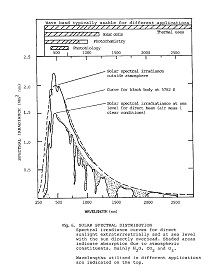 Learn to use statistics for a better understanding of business planning and management.
Learn to use statistics for a better understanding of business planning and management.
This course assumes a basic knowledge of Statistics (eg. high school level).
A 100 hour course such as this will not make you into a statistician, but it will provide the most essential knowledge and skills required by consultants and researchers in a wide variety of disciplines taught by ACS.